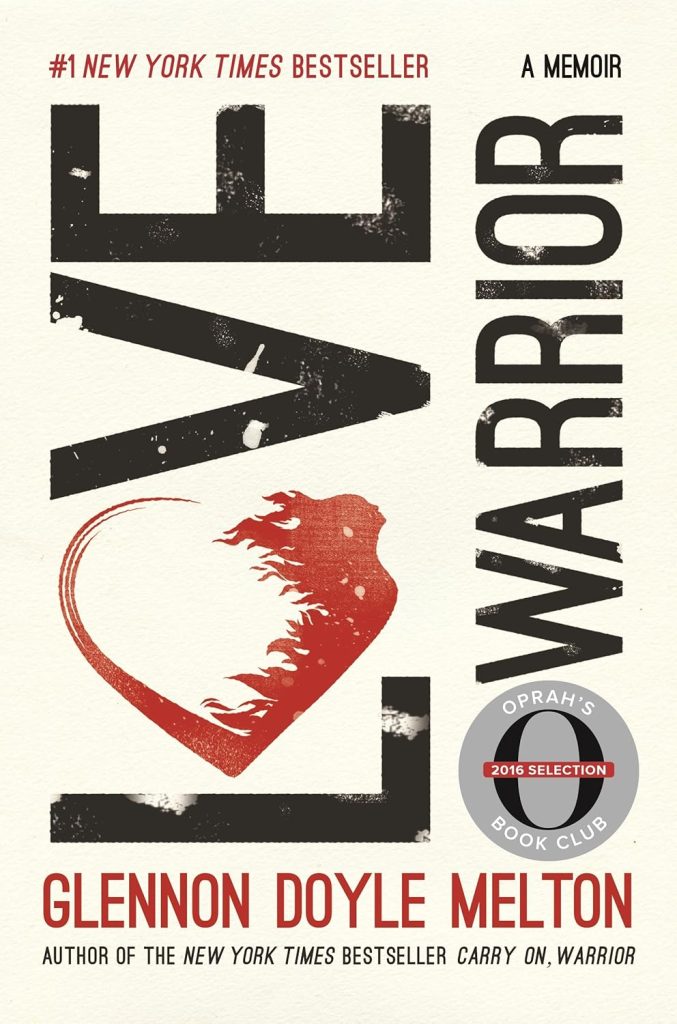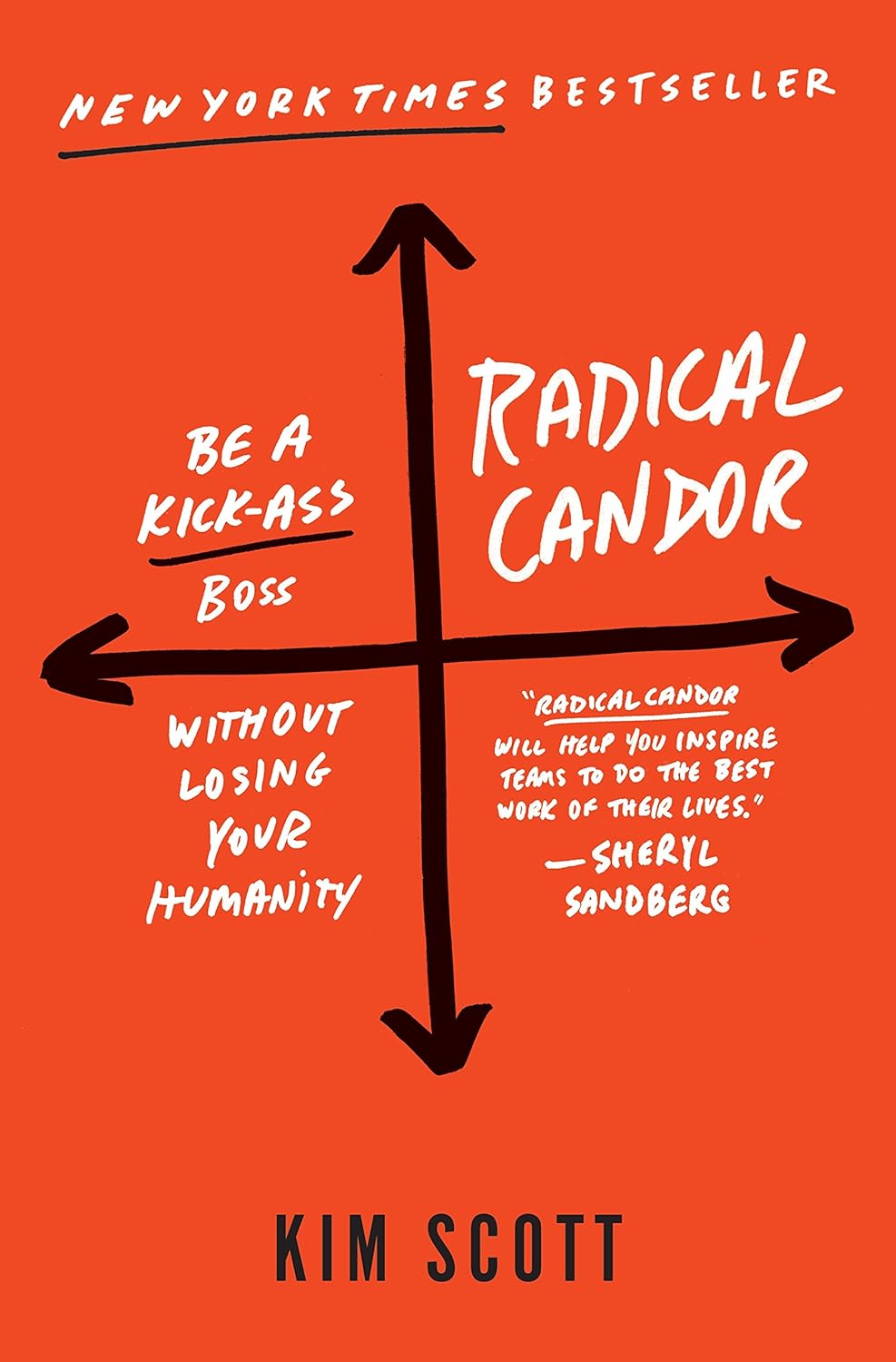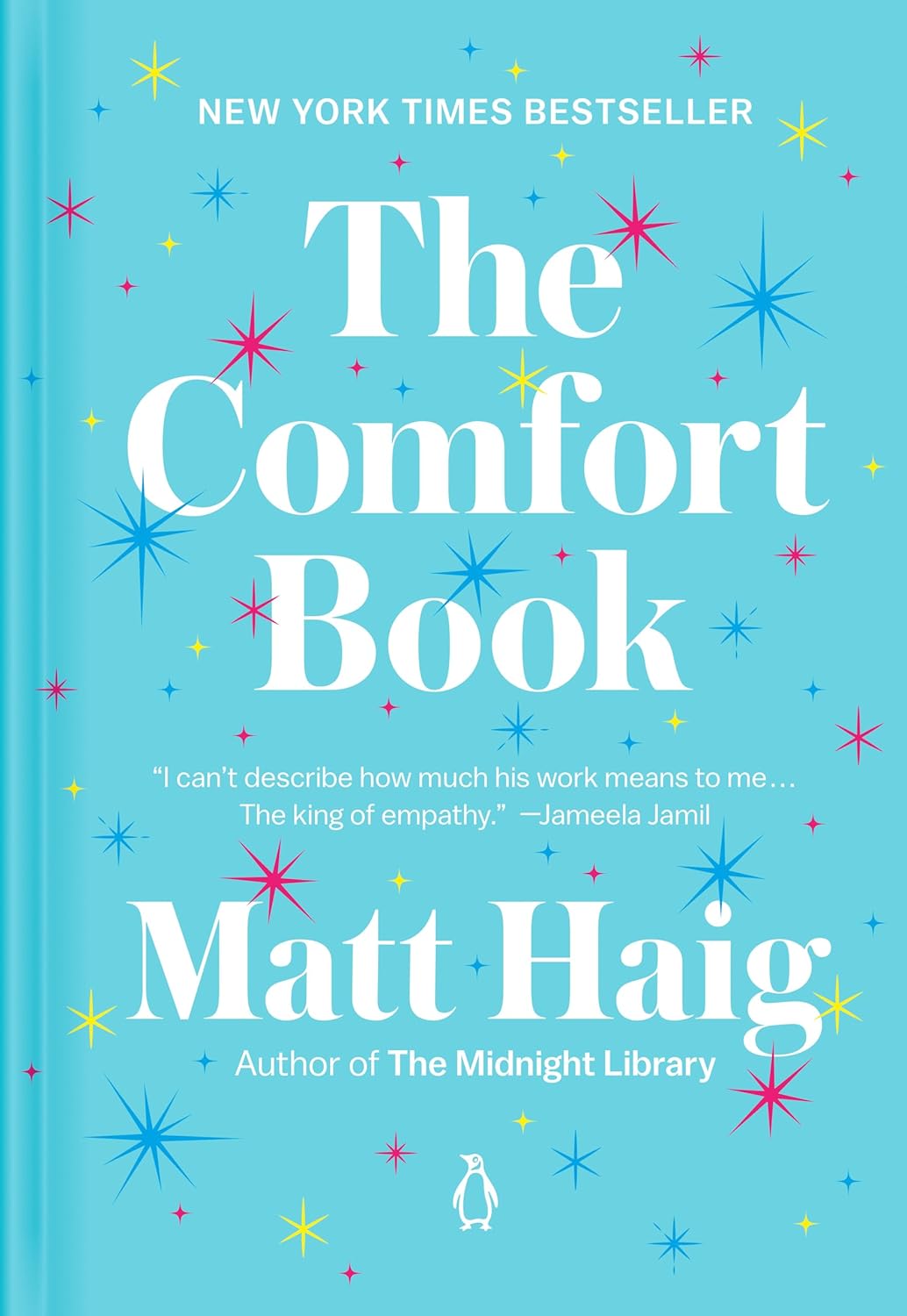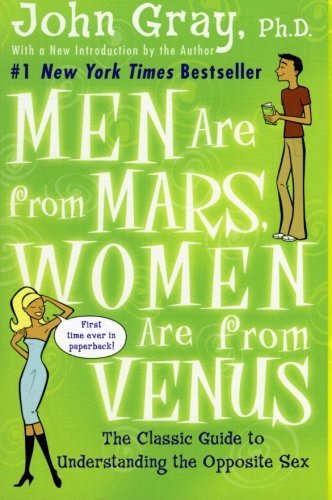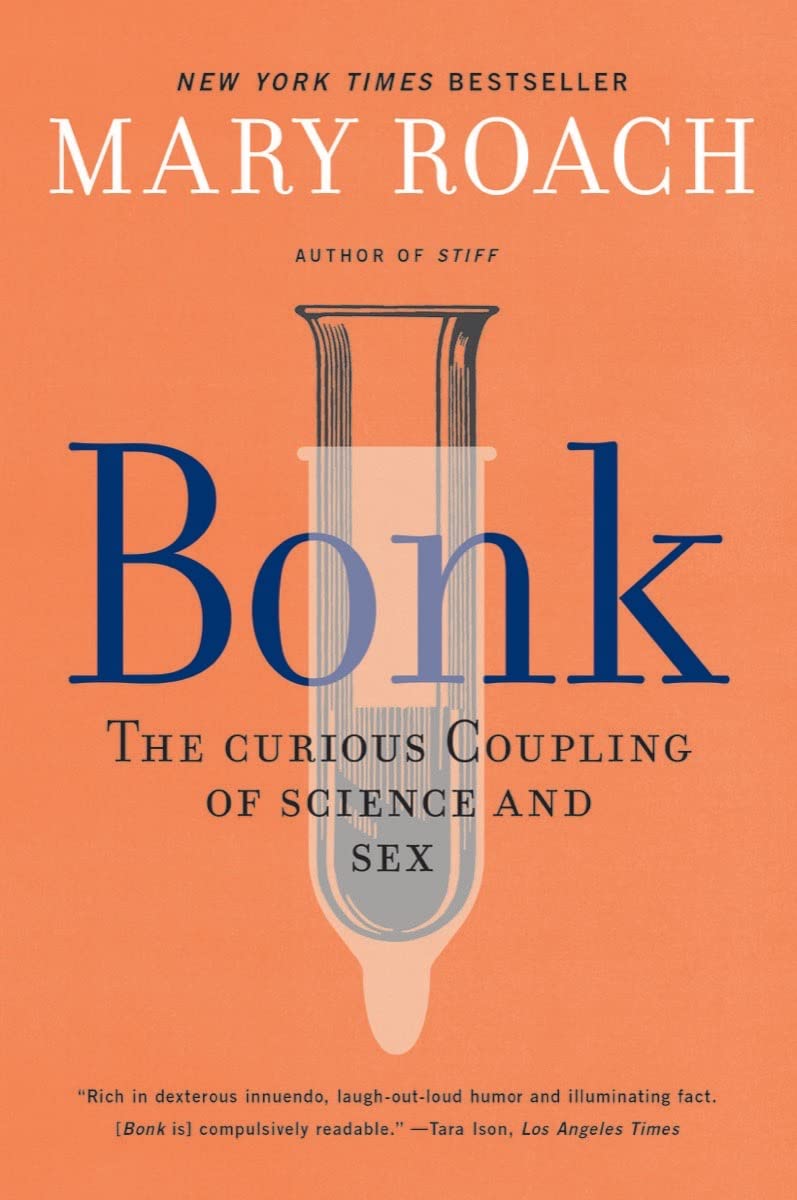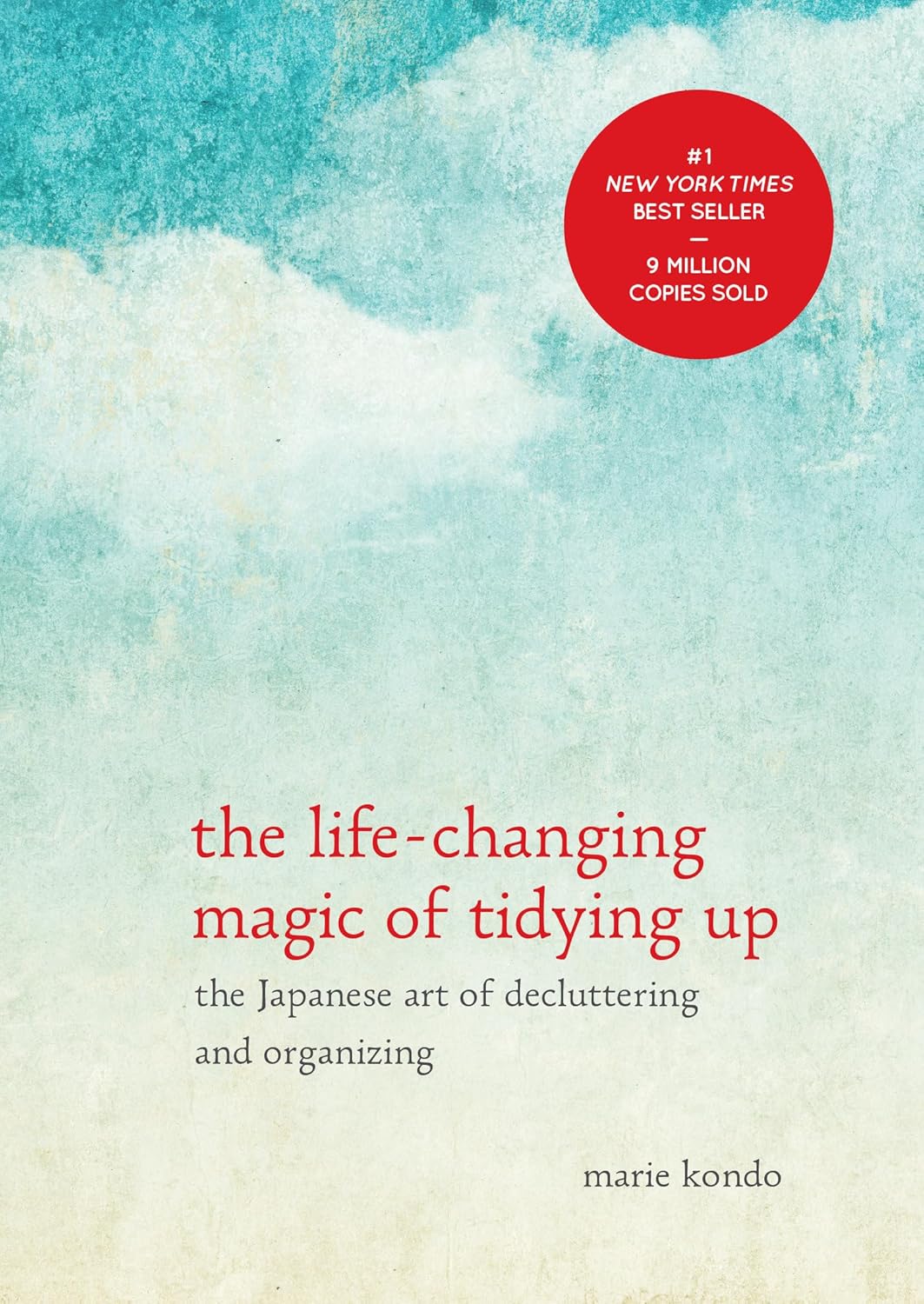Love Warrior: A Memoir

About
Glennon Doyle Melton’s memoir, “Love Warrior,” is a raw and unflinching account of her journey through marital crisis and self-discovery. Melton, a celebrated author and activist, lays bare the challenges in her seemingly perfect marriage after her husband confesses to infidelity.
The book follows Melton as she navigates the pain of betrayal, confronts her own past traumas and addictions, and ultimately fights to save her relationship. Through therapy, self-reflection, and radical honesty, she and her husband embark on a path of healing and transformation. “Love Warrior” explores themes of love, forgiveness, addiction, and the courage to embrace vulnerability. It’s a testament to the power of self-acceptance and the messy, imperfect nature of true love.

Spark
Learn
Review
✦ Part One (Chapter 1-5)
I wake up to the realization that my life is in pieces. Everything I thought I knew about myself, my marriage, and my purpose feels like a lie. The weight of betrayal presses down on my chest, suffocating me. I am left to grapple with the truth: my husband has been unfaithful. The discovery of his infidelity shatters my already fragile sense of self, and I am thrust into a relentless storm of pain, anger, and confusion. The life I had so carefully constructed feels like a mirage, crumbling in an instant.
I reflect on the trajectory that brought me to this moment. Growing up, I learned to bury my feelings, to hide my struggles, and to wear a mask of perfection. I was taught that to be loved, I had to be pleasing, agreeable, and unflawed. These lessons shaped me, molding me into someone who prioritized the needs of others while ignoring my own. I became skilled at presenting an image of strength and togetherness, but beneath the surface, I was unraveling.
My relationship with food becomes a way to cope with the pain I can’t express. Eating and starving turn into tools of control, a way to manage the chaos I feel inside. My battle with bulimia becomes a secret I keep close, a reflection of the war I wage against myself. This pattern of self-destruction continues into my adulthood, where I find solace in drinking. Alcohol becomes my escape, a way to numb the pain and silence the inner turmoil.
When I meet my husband, I am desperate to be loved, to be seen, and to feel whole. I mold myself into the version of me I think he wants, hiding the messy, complicated parts of myself. Our relationship begins with promise, filled with passion and hope. But as time passes, the cracks start to show. I lose myself in the roles of wife and mother, pouring everything I have into my family while neglecting my own needs. I convince myself that this sacrifice is what love requires, that if I give enough, I can hold us together.
The betrayal forces me to confront the truth I have been avoiding for years: I am lost. I no longer know who I am or what I want. I am consumed by a sense of failure, questioning my worth and my ability to move forward. The pain is overwhelming, but it also sparks something within me—a determination to uncover the truth about myself and my life. I realize that if I am going to survive, I need to confront the wounds I have been hiding and begin the process of healing.
I decide to seek help, to face the darkness head-on. Therapy becomes a lifeline, a space where I can begin to unravel the layers of pain, shame, and fear that have defined me for so long. I start to examine the stories I have told myself about who I am and what I deserve. I begin to understand that the masks I wear and the roles I play are not my true self but rather a defense mechanism I have built to protect myself from pain.
The journey is not easy. Confronting my past and my pain feels like opening a wound that has never healed. I am forced to look at parts of myself I would rather ignore, to admit truths I have been running from for years. But as I begin to strip away the layers, I start to see glimpses of something real, something true. I realize that healing is not about fixing myself or becoming perfect; it is about learning to embrace my imperfections and to love myself as I am.
I start to explore what it means to live authentically, to show up in the world as my true self. This means letting go of the need to please others, to be perfect, and to have all the answers. It means allowing myself to feel the full range of emotions, even the ones that scare me. I begin to see that vulnerability is not a weakness but a strength, a way of connecting with myself and others on a deeper level.
The pain of betrayal becomes a catalyst for transformation, forcing me to reevaluate everything I thought I knew about love, marriage, and myself. I start to understand that love is not about losing oneself in another person but about finding oneself in the process of connection. I realize that true intimacy requires honesty, openness, and the courage to be seen as I am.
As I navigate this journey, I begin to see that the life I thought I had lost was never truly mine. The version of myself I was clinging to was a facade, a construct built to gain approval and avoid rejection. By letting go of this false self, I create space to discover who I truly am and what I truly want. It is a painful process, but it is also liberating—a shedding of old skin to make way for something new.
Through this process, I come to understand that healing is not a destination but a journey. It is a commitment to showing up for myself every day, to facing the pain and the beauty of life with an open heart. I begin to see that the love I have been searching for has been within me all along, waiting for me to claim it. The journey ahead is uncertain, but for the first time in a long time, I feel a glimmer of hope.
✦ Part Two (Chapter 6-10)
I step into a period of reckoning, peeling back layers of my life and confronting the truths that I’ve buried for so long. The betrayal has cracked me open, and while the pain feels unbearable, something inside me begins to stir. I sense that this break, this fracture in my world, is also an invitation—an opportunity to face myself. I realize that I can no longer live in the story I’ve been telling myself, a story of perfection, control, and self-sacrifice. It’s time to unearth what’s real, even if it terrifies me.
I delve into my past, tracing the roots of my pain and the patterns that have shaped my life. I begin to see how, for years, I’ve placed my worth in the hands of others. As a little girl, I learned to shrink myself, to contort my desires into something more palatable for the world. I absorbed the idea that my value lay in being attractive, pleasing, and accommodating. I see now how deeply this belief has permeated every aspect of my life—how it has dictated how I show up in relationships, how I treat my body, and how I silence my voice.
I reflect on the ways I’ve betrayed myself long before anyone else ever could. My relationship with my body has been fraught for as long as I can remember. I’ve treated it as an object to be judged, molded, and critiqued instead of as a sacred home. I recall the years of punishing it through disordered eating, the shame I’ve carried about how it looks, and the ways I’ve used it as currency to gain love and approval. This reckoning forces me to ask: What if my body isn’t something to fix or control? What if it’s something to honor, to listen to, to respect?
I start to understand that my disconnection from myself is at the root of my suffering. For so long, I’ve relied on external validation to feel whole, to feel enough. Whether it’s my roles as wife, mother, or friend, I’ve poured everything into being what others need, hoping it will fill the emptiness inside me. But this betrayal has exposed the truth: no one else can fill that void. If I want to feel whole, I have to turn inward. I have to reclaim the parts of me I’ve abandoned, the parts I’ve deemed unworthy or unlovable.
Therapy becomes a space where I begin to do this work. I learn to sift through my pain, to sit with it instead of running from it. For the first time, I allow myself to feel everything—the anger, the sadness, the fear—without judgment. I begin to see that these emotions aren’t the enemy. They’re messengers, pointing me toward what needs healing. I also start to uncover the stories I’ve been telling myself about who I am and what I deserve. I see how these narratives have kept me trapped, and I start to question them. What if I’m not broken? What if I’m not too much or not enough? What if I’m worthy, just as I am?
As I dig deeper, I find myself drawn to the idea of truth—my truth. I realize how often I’ve silenced myself to keep the peace, to avoid conflict, to maintain an illusion of harmony. But staying silent has come at a cost. It’s robbed me of my voice, my agency, my ability to fully show up in my life. I begin to practice speaking my truth, even when it feels uncomfortable or risky. I learn to name what I need, what I feel, and what I want. It’s scary, but it’s also liberating. With each step, I feel a little more alive, a little more myself.
In this process of reclaiming myself, I start to see my marriage in a new light. I realize how much of it has been built on illusions—of who I thought I needed to be, of who I believed my husband was, of what I imagined love should look like. I begin to wonder: Is it possible to rebuild something real from the wreckage? Can we create a relationship rooted in truth, vulnerability, and mutual respect? Or has the damage been too great? These questions linger, unanswered, as I continue to do the work of healing myself.
I also begin to reconnect with my body in a new way. Instead of seeing it as something to control, I start to treat it as a partner in my healing. I listen to its wisdom, its signals, its needs. I explore practices that help me feel grounded, present, and alive. Whether it’s through movement, breath, or stillness, I discover that my body has been speaking to me all along—I just hadn’t been listening. This reconnection feels like a homecoming, a return to a part of myself I had long forgotten.
Through all of this, I begin to see that this journey isn’t about fixing what’s broken. It’s about remembering what’s whole. It’s about stripping away the layers of shame, fear, and self-doubt to reveal the truth of who I am. It’s about learning to love myself—not in a superficial, feel-good way, but in a deep, enduring way that honors both my light and my darkness. This love feels radical, transformative, and necessary. It’s the foundation I need to move forward, to rebuild my life on my terms. And while the path ahead is uncertain, I feel a spark of hope—a sense that I am strong enough to face whatever comes next.
✦ Part Thtree (Chapter 11-15)
I find myself unraveling further, pulled deeper into the work of piecing together who I am beneath the roles, the expectations, and the masks I’ve worn for so long. The pain of betrayal continues to echo, but now it feels like a doorway—a painful yet necessary passage into something more honest. I start to recognize how much of my life I’ve spent disconnected from myself, operating on autopilot, chasing ideas of worthiness defined by others. This process of confronting my truth is messy, raw, and relentless, but it feels like the only way forward.
I begin looking more closely at my marriage, stripping away the illusions I’ve clung to about what it was supposed to be. I come to terms with how I’ve lost myself in it, how I’ve poured my energy into being a “good wife” while neglecting the parts of me that feel real and true. I see how I’ve been complicit in the creation of a relationship where I’ve hidden my true self and accepted less than I deserve. I’ve allowed fear—fear of rejection, fear of being alone, fear of not being enough—to dictate my choices. Now, I am asking myself hard questions about whether this marriage can be rebuilt on a foundation of truth, or whether it is time to let it go.
As I continue to uncover the truths I’ve buried, I find myself revisiting my relationship with my body. It feels as though my body has always been a battlefield, a place where I’ve fought to feel worthy. I begin to see how I’ve internalized messages about what it means to be desirable, messages that have taught me to objectify myself and prioritize how others see me over how I feel. For years, I’ve treated my body as a tool for validation, a way to gain approval and love. Now, I am learning to reclaim it as my own, to see it not as an object but as a source of strength, wisdom, and connection.
This means learning to listen to my body in ways I never have before. I start to tune into its signals, its needs, its truths. I begin to explore practices that help me feel more present in my body, whether it’s through movement, breathwork, or simply sitting in stillness. This process is not easy—it requires facing the shame and discomfort I’ve carried for so long—but it feels like an essential part of becoming whole. I realize that my body is not something to conquer or control; it is a part of me that deserves love, care, and respect.
As I do this work, I start to question the stories I’ve been telling myself about what it means to be a woman, a wife, a mother. I see how much of my identity has been shaped by cultural expectations, by ideas of what I “should” be. I’ve spent so much of my life trying to fit into these molds, trying to be perfect, trying to avoid failure. But perfection is a lie, and chasing it has left me exhausted and empty. I start to wonder what it would look like to let go of these expectations, to live in a way that feels true to me instead of trying to meet everyone else’s standards.
This process of questioning and unlearning brings me to a deeper understanding of love—what it is and what it isn’t. I see now that love isn’t about losing myself in another person or sacrificing my needs to keep the peace. Love requires truth, vulnerability, and a willingness to be seen as I am. It requires me to show up fully, even when it’s uncomfortable or scary. And it requires me to let go of the idea that I can control or fix anyone else. I can only take responsibility for myself, for my own healing and growth.
As I navigate this journey, I begin to see glimpses of something new taking shape—a life that feels more authentic, more aligned with who I am. This life is not without pain or uncertainty, but it feels real in a way that my old life never did. I start to trust that I can handle the discomfort of facing my truth, that I can survive the messiness of rebuilding myself from the inside out. I realize that the love I’ve been searching for outside of myself has been within me all along. It’s not perfect, but it’s mine, and it’s enough.
For People
– Individuals in troubled marriages
– Those grappling with addiction or recovery
– People with a history of trauma
– Women seeking empowerment and self-discovery
– Readers interested in memoirs about personal transformation
Learn to
– Increased self-awareness
– Enhanced empathy
– Courage to embrace vulnerability
– Inspiration for personal healing
– A broader understanding of love and forgiveness

